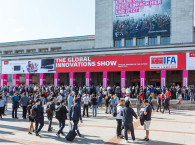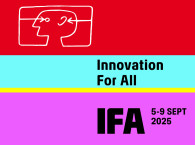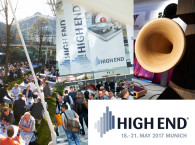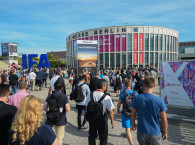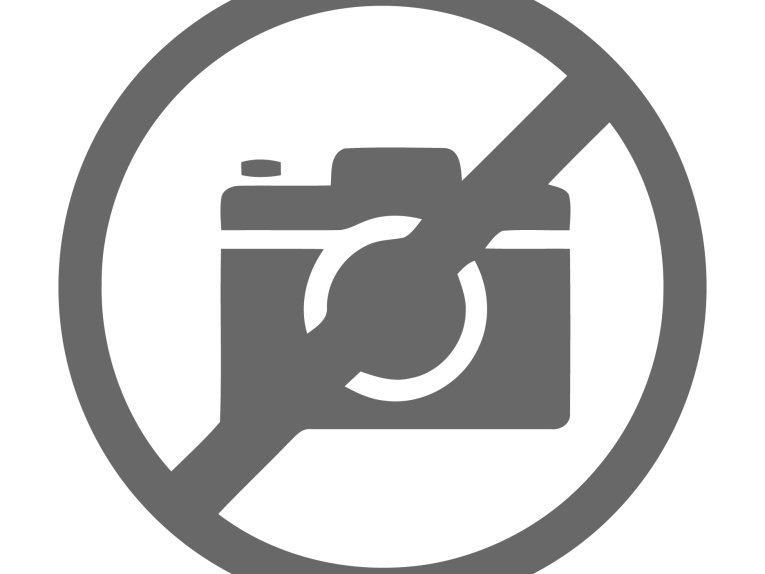
If the CES in Las Vegas is the place were future trends and innovation are highlighted and get the most attention, the IFA Berlin show - September 1-6, 2017 - is where many of those products and brands make it or break it. IFA is also the most important event for European manufacturers and many worldwide brands to grab some headlines away from the CES – which, being the mammoth of all shows, sometimes eclipses many deserving products.
Audio at IFA is mainly focused on personal/mobile devices and the more accessible and lifestyle oriented products. A wide range of products, solutions and presentations, make a visit to IFA 2017 worthwhile to any company and professional focused on consumer trends and markets.
The promoters are already preparing for a record-breaking 2017 edition, leveraging the success of the previous year. "Never before had the industry displayed so many new product categories and were so many products shown to the public for the first time. More than ever IFA 2016 underlined its expertise in its role as the world’s meeting place for the industry and for exchanging information."
IFA’s unique blend of product innovations, stars and entertainment, presented by more than 1,800 exhibitors attracted 240,000 visitors. The floor space occupied was larger than at any previous event in the history of IFA. Over a period of six days alone IFA 2016 generated an expected order volume amounting to around € 4.5 billion.
History of IFA
The history of IFA began on December 4, 1924 with the "Grosse Deutsche Funk-Ausstellung" (German Radio Show), which attracted no less than 242 exhibitors and an attendance of 180,000 to a display area measuring 7,000 sq. meters. Visitors to this event were fascinated by the detectors and the first valve radio receivers on show. It was the first of a series of annual events, all known as the "Grosse Deutsche Funkausstellung”, concentrating mainly on radio and from 1928, on television presentations too.
Berlin remained the venue for this trade fair until the outbreak of World War Two. The event was organized by the industry associations "Verband der Radio-Industrie" (1924), from then until 1933 by "Verband der Funkindustrie", and in 1930 additionally by "Reichsverband des Deutschen Sprechmaschinen- und Schallplatten-Handels". Between 1933 and 1939 the "Ministry for Public Enlightenment and Propaganda" assumed responsibility for the fair, and the first chapter in its history came to an end when the event was held for the 16th time in 1939.
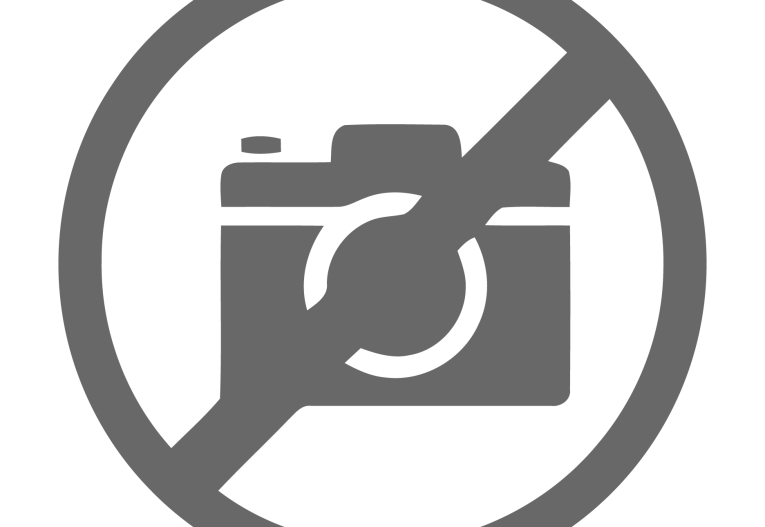
The Funkausstellung did not have a permanent home in the years following the end of the war, being held in Düsseldorf in 1950, 1953 and 1955, and on the Frankfurt/Main exhibition grounds in 1957 and 1959. In 1961 and 1963 several hundred thousand visitors came to admire the exhibits being shown by the German industry in Berlin. During these years very high frequency (VHF) broadcasting was introduced (1950) and soon achieved widespread use, followed by transistorized equipment (1955), portable televisions (1957) and wireless remote control (1959). In 1963 the audio compact cassette was introduced in Berlin. During the same year listeners had the first opportunity to enjoy stereo radio broadcasting.
The 24th Funkausstellung was held in 1965 in Stuttgart, and in 1967 the fair returned to Berlin. An unforgettable moment came when Willy Brandt pressed the button to launch colour television broadcasting in Germany on 25 August 1967.
After taking place twice more at other locations, Stuttgart again in 1969 and Düsseldorf in 1970, the Funkausstellung, which had by now acquired an international dimension, returned permanently to Berlin. In the first year back at its original venue it featured 26 exhibitors and 93 additionally represented companies from abroad, from Denmark and Finland, Hong Kong, Japan, the former USSR and the USA.
During the post-war period, until 1973, the "Radio and Television" part of the industry association ZVEI, initially assumed responsibility for this trade show, followed by the "Radio and Television Trade Division" of the ZVEI. Since 1973 it has been organized by another industry organisation, Gesellschaft für Unterhaltungs- und Kommunikationselektronik (gfu).

The Internationale Funkausstellung Berlin has featured the major developments in the world of consumer electronics in the past, and right up to the present day: quadrophonic sound (1973), the ARI road traffic broadcasting service (1975), teletex systems such as Bildschirmtext (1977), the Compact Disc (1979), TV stereo sound (1981), the Video Programming System (1985), the Radio Data System (1987), 16:9-wide screen television, Digital Satellite Radio (both in 1989), the Digital Compact Cassette, Mini Disc and MP 3(both in 1991), Laser TV (1993), digital television (DVB), digital radio (DAB), plasma screens (all in 1995), the Digital Versatile Disc (1997), MP3 players and cellphones with internet capability (1999), as well as the introduction of digital television via antenna (2003).
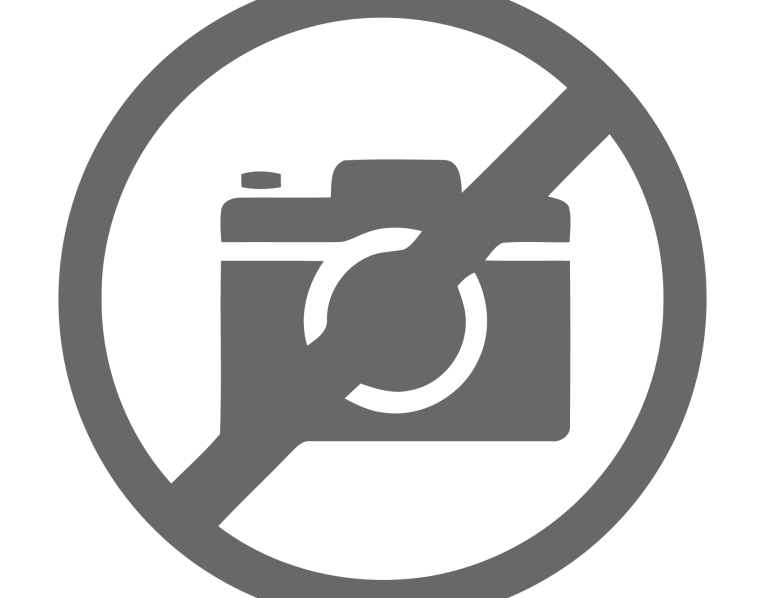
IFA ‘95 entered the history books as the first truly multimedia trade show. During subsequent years the Funkaustellung has confirmed its pre-eminent role, expanding its position as the leading consumer electronics trade show, and one which also meets the needs of telecommunications and information technology. The advances made in the digitalization of media and technology have played a vital part in this process, encouraging an increasing integration of the various technologies and equipment used in consumer, information and communication electronics.
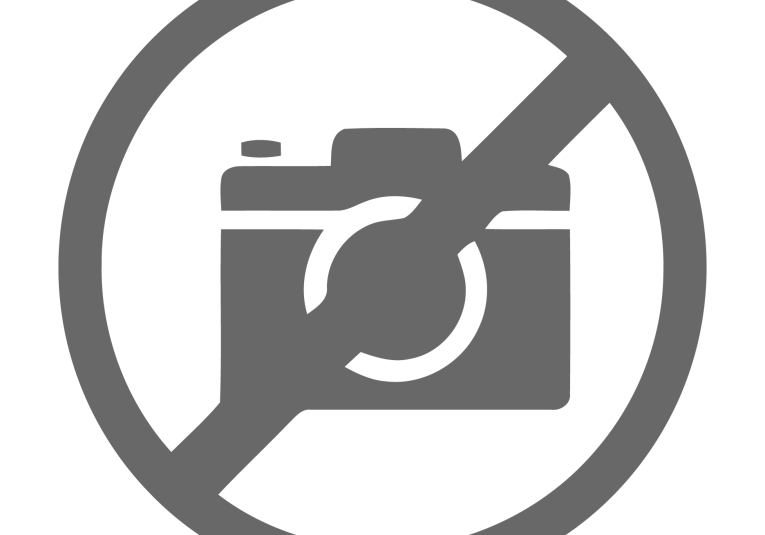
Among the most spectacular trends at IFA 2005 was the introduction of a new generation of television sets, ushering in large, flat home cinema screens in the 16:9 format. What was already apparent as an exciting technical development at IFA 2003 helped to determine the future of wide swathes of the market in 2005. At the same time high definition television HDTV made its European debut: Shortly before the start of regular broadcasts in Germany, the United Kingdom, France and other European countries, this fascinating new technology was one of the dominant features of the displays on all the main stands.
Since October 2005, Berlin has been able to look forward annually to IFA as one of the world’s leading trade shows: the dynamic development of the consumer electronics market and the outstanding results achieved at IFA 2005 have encouraged the organizers of IFA, Gesellschaft für Unterhaltungs- und Kommunikationselektronik (gfu) and Messe Berlin, to continue to develop the IFA concept. The supervisory board and the management of the gfu have unanimously agreed to hold IFA every year in future.
IFA 2006 was the first to be held as an annual event, and HDTV was again one of the main topics. Following its launch in 2005, twelve months later HDTV was being presented as a ready-to-market media service with a rapidly expanding range of programs. Moreover, with Blu-ray discs and HD-DVD, a new generation of optical media became available, bringing high-definition quality into the homes.
IFA 2006 also featured two other major developments in media technology: alliances between broadcasting stations, the equipment manufacturers and the operators of mobile phone services led to the introduction of new television services that can be received on mobile phones and other mobile devices. Another major topic was that of television services via the Internet (IPTV).
IFA 2007 was dominated by the generational shift to high-definition media. It goes without saying that the new television sets on show this year are HD-ready. In 2008 for the first time the combination of consumer electronics and home appliances creates an unprecedented diversity, making this the most attractive platform for international dealers, buyers, consumers and the industry. Following its successful premiere the Home Appliances section expanded at IFA 2009 and now occupied Halls 1.1 to Hall 6.1 (2008: Halls 1.1 to 4.1).
Following its successful premiere the Home Appliances section expanded at IFA 2009 and now occupied Halls 1.1 to Hall 6.1 (2008: Halls 1.1. to 4.1.). The organizers welcomed the return of consumer electronics exhibitors Pioneer and Sennheiser. Vodafone was represented with a large stand covering more than 1,000 square metres in Hall 18. For the first time Kenwood and JVC occupied a joint stand. Harman International rented a huge area of its own on the grounds as well as the Radio Tower itself.
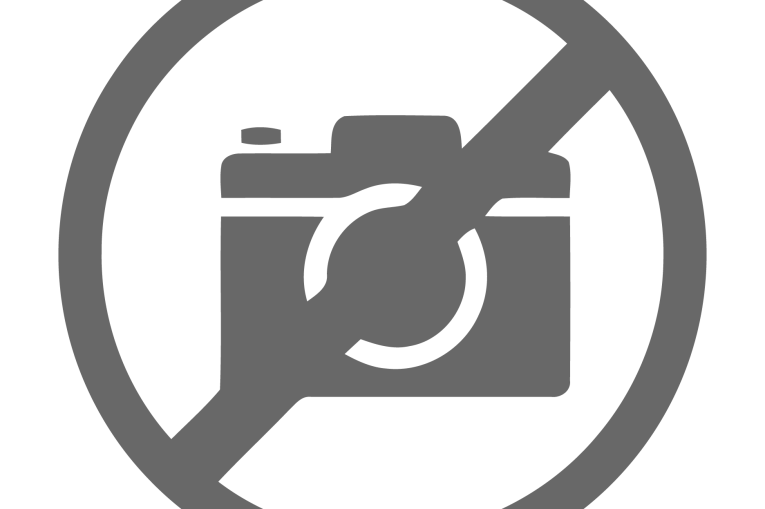
IFA builds on its success in 2016
More exhibitors and more innovations than ever before is exceptionally good news for retail and industry. For the first time 1,800 exhibitors presented their latest products on an exhibition area of 158,000 square meters. In 2016 IFA for the first time exploited with STATION Berlin an additional exhibiting space outside of the fairground at ExpoCenter City. IFA Global Markets focused exclusively on trade visitors. This offers especially for buyers and dealers a market place to meet suppliers, OEMS and ODMs. More than 300 exhibitors showed their latest product highlights and services on an area of 10,000 square meters.
The new Smart Home exhibition area in Hall 6.2 was very popular with visitors and the media. On these 3,000 square meters, more than 40 exhibitors from 15 countries exhibited their latest products and services covering various aspects of intelligent home automation, including lighting, room temperature, and heating, to energy management, security systems, wireless transmission technologies, access management, and integrated robots for different purposes, such as vacuum cleaners and lawnmowers. More than 150 companies showcased the latest smart home solutions on their stands.

On six days of the trade show, IFA TecWatch, IFA’s future lab, revealed what is currently being developed inside research labs, think tanks within young companies, universities, industry organizations, and innovative companies. The TecWatch Forum complemented the exhibits on five days of the trade show with presentations, gatherings, and panel discussions, as well as idea competitions for young entrepreneurs. Top trends such as smart living, virtual reality, UHD, and startups were powerful crowd pullers.
IFA 2017 will take place September 1-6.
www.ifa-berlin.com



